There’s a component of your home’s building envelope that can be a big source of heat loss. It’s often ignored and rarely seen.
What I’m talking about here is the attic hatch. It’s usually tucked away in a closest or in some other hard-to-reach location. In some houses there are wall hatches to access side kneewall attic spaces.
You definitely need an attic hatch. You may not have to go into the attic very often, but you should be able to – if you have to.
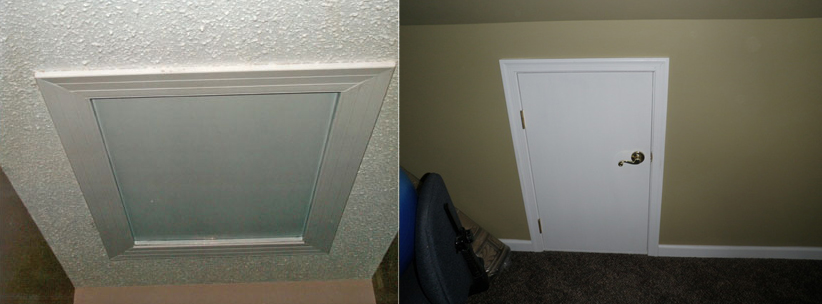
In many homes, this hatch is either uninsulated or is under-insulated at best. In addition, there are often substantial air leaks through the hatch area. This is particularly the case in older homes and it usually goes unnoticed by the homeowner.
Would you believe that an uninsulated attic hatch, which is typically less than 1% of the area of the ceiling, can lower the R-value of that ceiling by 30 per cent?
Yes it can and here’s the math to proof it. The following calculations demonstrate the methodology that energy modelers use to determine building assembly R-values.
This example is of a celling that measures 30 feet by 20 feet, and has within it an attic hatch measuring 2 feet by 2½ feet. The celling is well insulated with an R-value of 40. The hatch however, is a piece of uninsulated ¾-inch plywood with an R-value of 0.77.
The calculations below show how the R-value of a celling can decrease from 40 to 28, simply by having an uninsulated attic hatch.
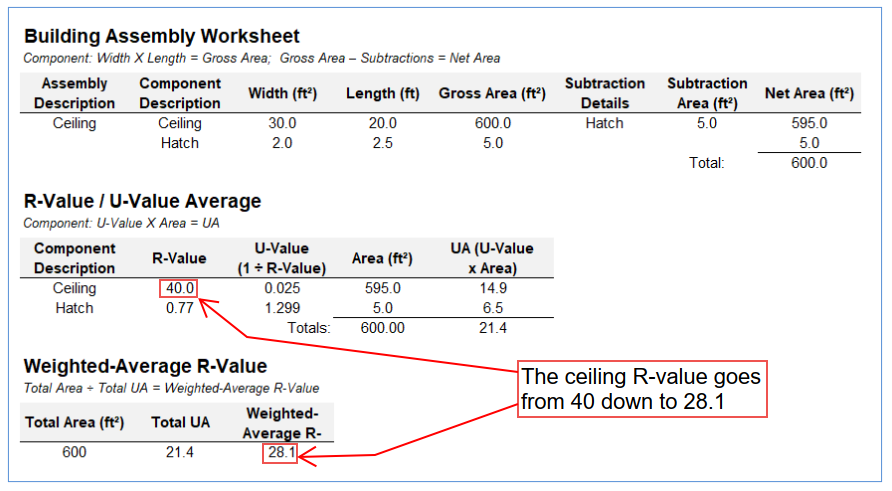
What’s worse, this is only the heat loss due to conduction. Air leaks through an non air-sealed hatch (convection) can lose as much as 2000-3000 BTU’s of heat per day from your house in cold weather.
What’s the remedy?
- Insulate the hatch. Add at least 6″ of rigid foam to the top of the existing hatch.
- Add weather-stripping between the hatch and the frame which acts as an air seal.
Alternatively you can install a new hatch. I like factory-made hatch assemblies, such as this TRUTECH 22″ x 30″ attic hatch from Home Hardware. Kent and Home Depot also have similar products.
The panels are essentially cut up steel doors with polyurethane foam cores. and are air-sealed. You can add more insulation on top of them to increase the R-value further.
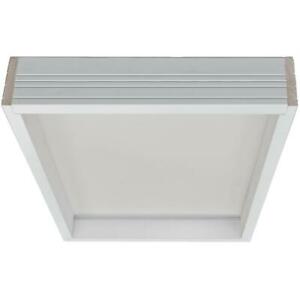
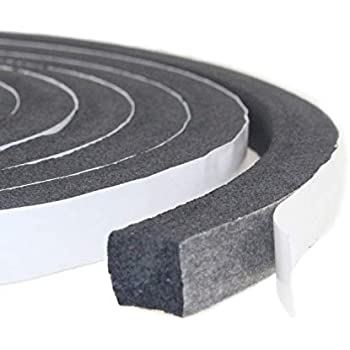

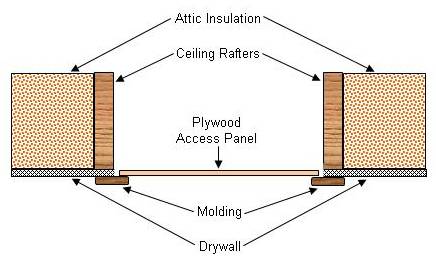
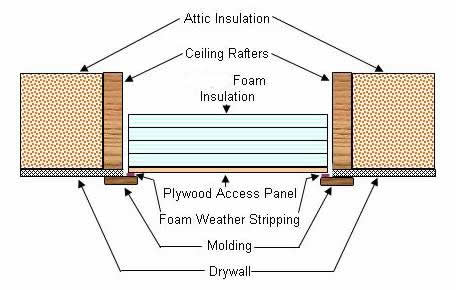
Recent Comments